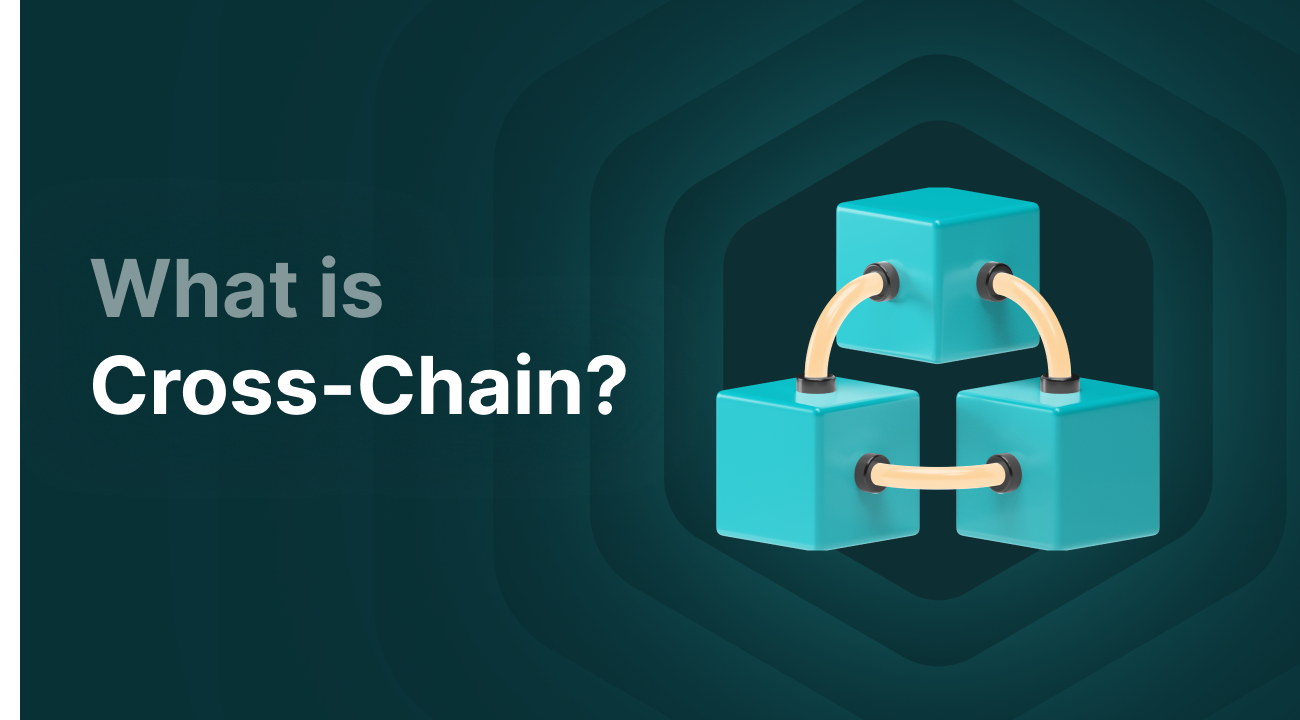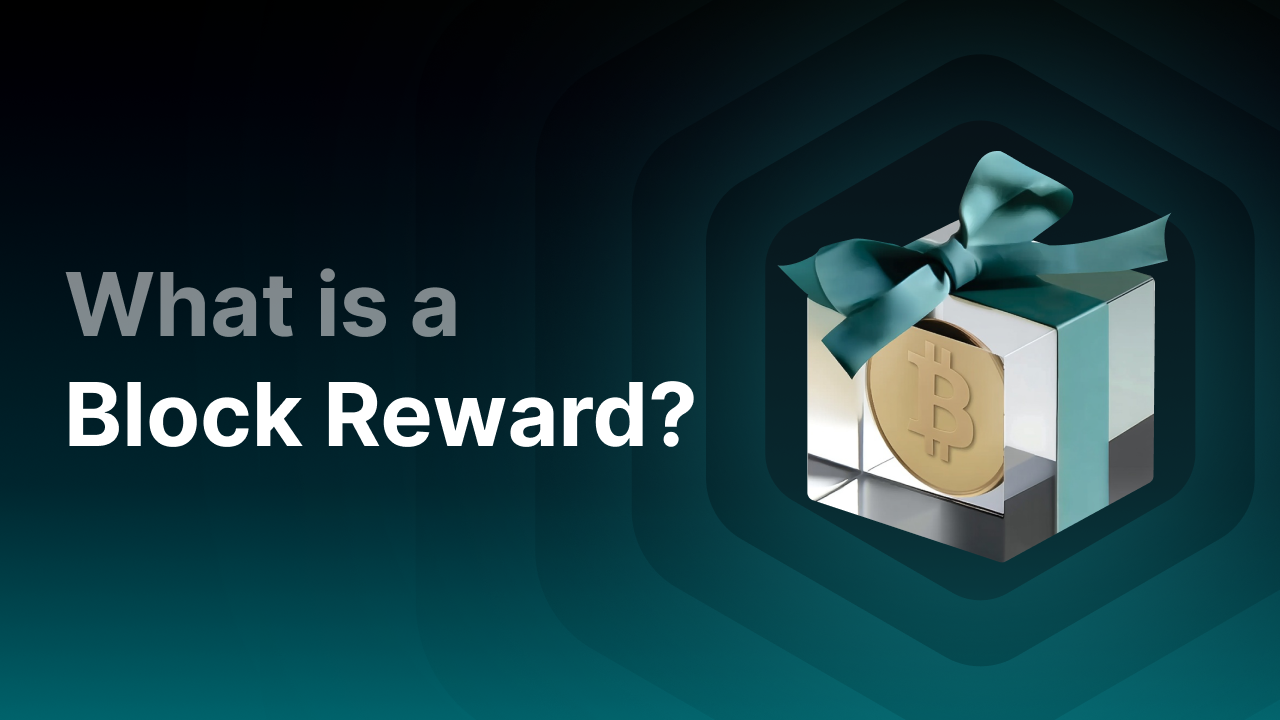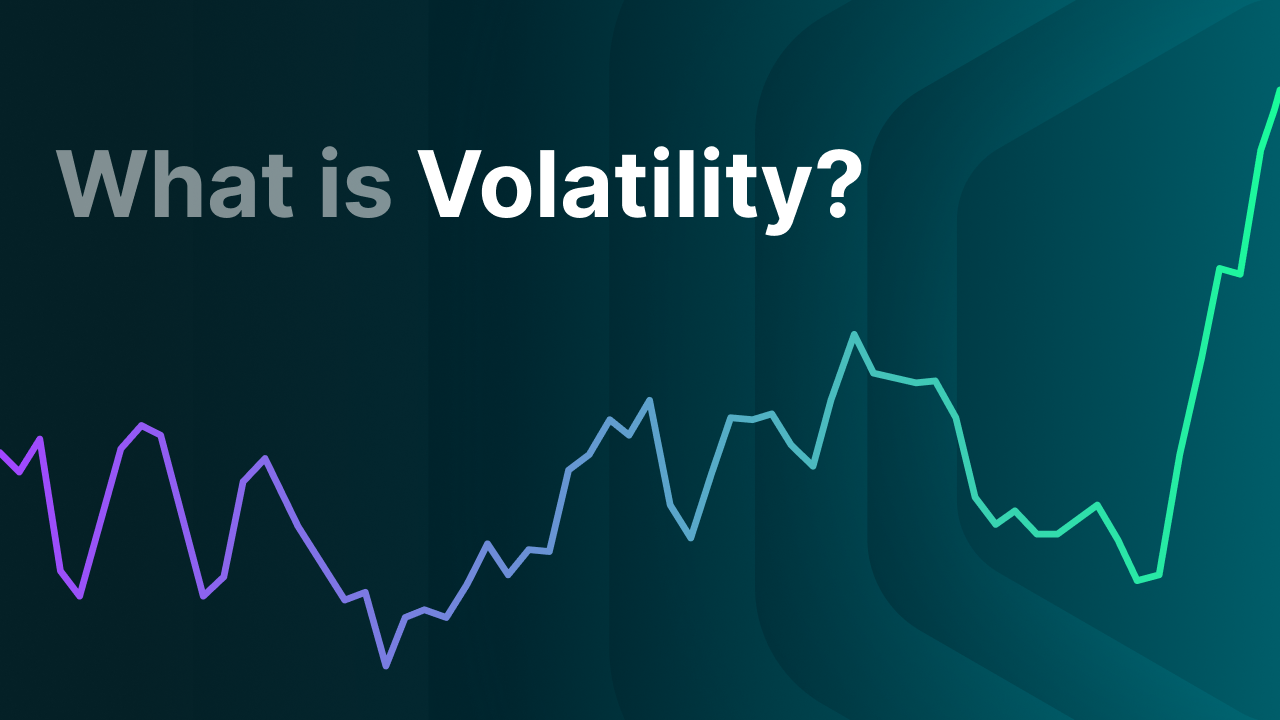What is Cross-Chain in Crypto?

What is Cross Chain?
Cross-chain technology refers to the ability to transfer data and tokens between different blockchains.
In the world of crypto, there are thousands of different blockchains, examples of which include: Bitcoin, Ethereum, and Solana. All these blockchains have their own rules, coins, and technology. One blockchain is not the same as another. Some blockchains use the rules of another blockchain as a base; this is also called a hard fork.
So if you have your Solana and Ethereum on the native network (the original blockchain on which the coin was launched), these coins cannot directly communicate with each other. This is where cross chain comes into play.
Key Takeaways
- Cross-chain technology makes it possible to exchange tokens and data between different blockchains, allowing them to effectively communicate.
- Cross-chain technology increases flexibility and ease of use because you can use crypto on multiple networks without being stuck on one blockchain.
- Cross-chain mainly works through bridges and wrapped tokens, which temporarily ‘wrap’ your crypto for use on another network.
- Advantages include better interoperability, scalability, and decentralization of transactions.
- Disadvantages include security risks with bridges, higher costs, complexity, and longer transaction times.
- Cross-chain is different from multichain: multichain means apps run on multiple blockchains without connection, while cross-chain provides connection and collaboration between blockchains.
What Does Cross-Chain Mean?
Cross-chain refers to the technology that makes it possible to exchange coins or information between multiple existing blockchains. In the crypto world, this is also called interoperability. The goal is to enable you to use your assets on multiple blockchains so you are not stuck on just one blockchain.
Why is Cross-Chain Important?
Most blockchains are inherently closed systems. This means that without special tools, you cannot interact directly with other blockchains. Cross-chain technology makes it possible to break through those barriers. This allows:
- Users to use their assets more flexibly on other networks.
- Developers to build dApps that support multiple blockchains.
- Projects to collaborate better with each other.
How Does Cross Chain Work?
There are different ways to connect blockchains, but how does it work exactly? Below we have outlined a few scenarios for you:
Crypto Bridges
Crypto bridges (also called bridges) are protocols that 'wrap' tokens on one chain and make them available on another. For example: you send ETH to a bridge and receive wrapped ETH on the Binance Smart Chain. A wrapped token is a copy of an original coin on another blockchain. This coin naturally has the same value as the original.
With bridges, you send your original crypto (such as Ethereum) to a smart contract on another blockchain (for example Solana). The smart contract basically ensures you get an equivalent version of that coin back on the other blockchain. So if you have 1 Ethereum on the Ethereum network, you will exchange it for 1 (wrapped) Ethereum on the Solana network.
Wrapped Tokens
You can see wrapped tokens as a kind of copy with the same value (this is called a wrapped token). Your original Ethereum remains, but is temporarily locked up as long as the wrapped version is in circulation. Because this wrapped version has the same value as the original, you have effectively sent your crypto to another blockchain. If you ever want to return to the original network, you can redeem your wrapped Ethereum on the Solana network back for your original Ethereum tokens on the Ethereum network.
Cross Chain DEXs
Cross-chain DEXs (decentralized exchanges) use bridges, smart contracts, and sometimes special protocols such as relayers or liquidity pools on multiple chains. They ensure that one token is locked on the original blockchain while you receive an equivalent token on the other chain. Everything happens automatically via smart contracts, without you having to manually send back and forth between wallets or platforms. An example of a cross chain DEX is THORchain.
Advantages of Cross-Chain
-
More Possibilities
Cross-chain technology makes it possible to convert crypto into tokens that can also be used on other blockchains. This way you can use your assets more flexibly on (for example) another dApp on another network. -
Interoperability
Normally, blockchains cannot talk to each other. Cross-chain bridges and cross-chain transactions solve this by enabling communication between different blockchains or networks. -
Decentralization
With cross-chain swaps, you can exchange crypto directly with other users without the intervention of a central party or intermediary. Everything is decentralized. -
Cross Chain dApps
Some cross-chain applications enable reading or using information from other blockchains, giving you much more freedom and choice in what you do with your crypto. -
Ease of Use
Cross-chain technology makes it easier to use dApps and tokens from other blockchains without constantly switching wallets or platforms. -
Scalability
Popular blockchains like Ethereum can be relieved by routing some of the traffic through other chains (think of a layer-2 solution like Optimism). This helps with scaling, although it is technically quite complex. -
Less Risk
Because you are not dependent on a single blockchain or system, you reduce the chance of a single point of failure. This creates a safer and broader ecosystem for everyone.
Disadvantages of Cross-Chain
-
Security Risks
Cross-chain bridges are a popular target for hackers. They often manage large amounts of crypto and use complex smart contracts, which makes them vulnerable. There have already been multiple hacks where millions were stolen. -
Complexity
Cross-chain transactions are technically more complicated than regular transactions. You need a bit more knowledge about crypto to carry out these transactions safely. For beginners, it’s not recommended to start with cross-chain transactions right away. -
Trust in Intermediaries
Some cross-chain solutions use third parties to manage the process. That requires trust, which goes against the idea of full decentralization. -
High Costs
Because you’re often working with multiple blockchains at the same time, transaction costs can add up. Especially if one of those blockchains (like Ethereum) is experiencing high traffic. -
Slower Transactions
Cross-chain transactions usually take longer than regular swaps within a network. You often have to wait for confirmations on both sides of the transaction. What normally takes seconds can now take several minutes. This still isn’t extremely long, of course. -
Less Standardization
There are many different bridges and protocols that don’t all work well together. This lack of standardization can make usage more cumbersome. Sometimes more effort is needed for a relatively small transaction. -
More Maintenance
Cross-chain systems are complex and need to be actively maintained. For developers, this means extra work.
What Is the Difference Between Cross-Chain and Multichain?
The terms cross-chain and multichain are often used interchangeably because they are quite similar, but they don’t mean exactly the same thing. Both involve using multiple blockchains, but the way they do this differs.
What Is Multichain?
A multichain system means that a project or dApp runs on multiple blockchains at the same time. Think of a decentralized exchange that operates on both Ethereum and the Binance Chain. You choose, for example, whether you use a dApp on Ethereum, BNB chain, or Polygon, but there is no direct connection between these apps. It’s the same app on a different blockchain.
Example:
Suppose a DeFi platform offers an app on both Ethereum and the BNB Chain. Then you can use the same app on different blockchains. You can’t just use your tokens on the Ethereum network in the dApp on the BNB chain. For that, you need a bridge.
In short: multiple chains, multiple environments.
Cross-Chain Enables Connection
Cross-chain is specifically about interaction between blockchains and applications. The goal is that application X on both network A and network B can communicate with each other.
In short: connection between chains, everything works together.
Multichain vs Cross-Chain
Final thoughts
Cross-chain technology enables you to exchange tokens and data between different blockchains. It provides more flexibility, ease of use, and allows blockchains to work together.
Cross-chain allows blockchains to collaborate, which we also call interoperability. It offers scalability but also brings risks such as higher costs or user errors.
The difference with multichain is that multichain apps run on multiple blockchains without a connection, whereas cross-chain is specifically aimed at creating that connection so that blockchains can truly communicate and collaborate as one integrated ecosystem.



__01KC926A15P1A0X3VR6DBBV1FK.png)
